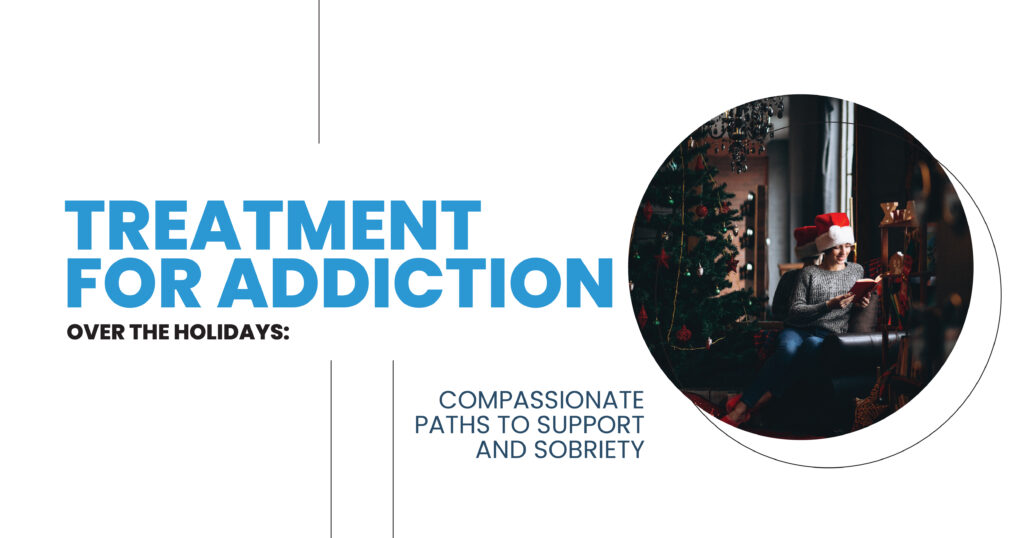Cardiovascular Device Testing: Innovative Solutions

Authored By:
Raleigh Souther

Edited By:
Chase Mcquown

Medically Reviewed By:
Dr. Alejandro Alva
- Last Updated:

Cardiovascular diseases remain a leading cause of mortality worldwide, driving the demand for advanced medical devices like pacemakers, stents, and heart valves. Ensuring these devices are safe and effective requires rigorous testing. This blog explores innovative strategies, challenges, and technologies shaping cardiovascular device testing, offering insights into best practices and regulatory considerations.
Effective Strategies for Testing Cardiovascular Devices
Testing cardiovascular devices demands a multifaceted approach to ensure reliability and patient safety. Effective strategies include:
- In Vitro Testing: Simulating physiological conditions to evaluate device performance.
- Animal Studies: Assessing device functionality in living organisms before human trials.
- Computational Modeling: Using simulations to predict device behavior under various conditions.
- Human Clinical Trials: Validating safety and efficacy in real-world settings.
These strategies combine to create a robust testing framework, minimizing risks and enhancing device performance.
The Importance of Rigorous Testing for Cardiovascular Devices
Rigorous testing is critical to ensure cardiovascular devices meet stringent safety and performance standards. Faulty devices can lead to severe complications, including device failure or patient harm. According to a 2024 report from the American Heart Association, thorough testing reduces adverse events by up to 30%.
Testing ensures:
- Patient Safety: Devices perform as intended without causing harm.
- Device Durability: Products withstand long-term use in the body.
- Regulatory Compliance: Meeting standards set by bodies like the FDA.
The table below highlights key benefits of rigorous testing:
| Benefit | Description | Impact |
| Enhanced Safety | Reduces risk of device-related complications | Improves patient outcomes |
| Increased Reliability | Ensures consistent performance | Builds trust in medical technology |
| Regulatory Approval | Meets FDA and global standards | Accelerates market entry |
Common Challenges in Cardiovascular Device Testing
Testing cardiovascular devices presents unique challenges due to the complexity of the human cardiovascular system. Common issues include:

- Biological Variability: Differences in patient physiology complicate standardized testing.
- Material Compatibility: Ensuring devices don’t trigger adverse reactions.
- Long-Term Durability: Predicting performance over decades.
- Cost and Time: Balancing thoroughness with development timelines.
Addressing these challenges requires innovative solutions and advanced methodologies.
Advanced Testing Methods for Enhancing Device Safety
Emerging testing methods are revolutionizing cardiovascular device development. These include:
- 3D Bioprinting: Creating tissue models to mimic human heart structures for realistic testing.
- Real-Time Monitoring: Using sensors to track device performance during tests.
- AI-Driven Simulations: Predicting device outcomes with machine learning algorithms.
- Organ-on-Chip Technology: Simulating heart functions on microchips for precise testing.
A 2025 article from Nature.com highlights how AI-driven testing improves accuracy by analyzing vast data sets. These methods enhance safety and reduce testing timelines.
The Role of Technology in Improving Testing Outcomes
Technology plays a pivotal role in advancing cardiovascular device testing. Innovations like digital twins – virtual replicas of physical devices – enable real-time performance analysis. Wearable sensors and IoT integration provide continuous data during clinical trials, improving outcome accuracy.
The table below compares traditional and technology-driven testing approaches:
| Approach | Traditional Testing | Technology-Driven Testing |
| Speed | Slow, manual processes | Faster with automation |
| Accuracy | Limited by human error | Enhanced by AI and sensors |
| Cost | High due to lengthy trials | Reduced with simulations |
| Scalability | Limited to physical setups | Scalable with digital tools |
These advancements streamline testing and improve device reliability.
Regulatory Considerations in Cardiovascular Device Testing
Regulatory bodies like the FDA and European Medicines Agency set strict guidelines for cardiovascular devices. Compliance ensures devices are safe and effective before market entry. Key considerations include:
- Preclinical Testing: Demonstrating safety in lab and animal studies.
- Clinical Trial Design: Ensuring diverse patient populations for robust data.
- Post-Market Surveillance: Monitoring devices after approval to catch rare issues.
- Documentation: Maintaining detailed records for regulatory audits.
Non-compliance can delay approvals or lead to recalls, underscoring the need for rigorous adherence.
Best Practices for Ensuring Accurate Test Results
To achieve reliable test outcomes, manufacturers should adopt best practices:
- Standardized Protocols: Use consistent testing methods to reduce variability.
- Cross-Disciplinary Teams: Involve engineers, clinicians, and data scientists.
- Continuous Validation: Regularly verify testing equipment and processes.
- Patient-Centric Design: Incorporate real-world patient data into testing scenarios.
These practices enhance accuracy and build confidence in device performance.
Heartfelt Innovation With Visalia Recovery Center
Advancing cardiovascular device testing not only improves physical health but also supports mental well-being by reducing patient anxiety about device reliability. At Visalia Recovery Center, we understand the emotional toll of cardiovascular conditions and offer support for those navigating these challenges. Contact Visalia Recovery Center today to learn more about our services or schedule a consultation to support your mental wellness.

FAQs
What are the key steps in testing a cardiovascular device before market release?
Testing involves in vitro studies, animal trials, computational modeling, and human clinical trials to ensure safety and efficacy. Each step validates device performance under controlled conditions. Regulatory approval follows successful completion of these phases.
How does AI improve the accuracy of cardiovascular device testing?
AI analyzes large datasets to predict device behavior and identify potential issues early. It enhances simulation accuracy and reduces human error in testing processes. This leads to safer, more reliable devices.
What are the common risks associated with inadequate cardiovascular device testing?
Inadequate testing can result in device failures, patient complications, or regulatory rejections. These issues may lead to costly recalls and harm patient trust. Rigorous testing mitigates these risks effectively.
How do regulatory bodies ensure the safety of cardiovascular devices?
Regulatory bodies like the FDA require extensive preclinical and clinical data to verify device safety and performance. Post-market surveillance monitors long-term outcomes. Compliance with these standards protects patients and ensures quality.
Why is patient-centric testing important for cardiovascular devices?
Patient-centric testing incorporates real-world physiological data to ensure devices meet diverse patient needs. It improves device compatibility and effectiveness across populations. This approach enhances outcomes and patient satisfaction.


